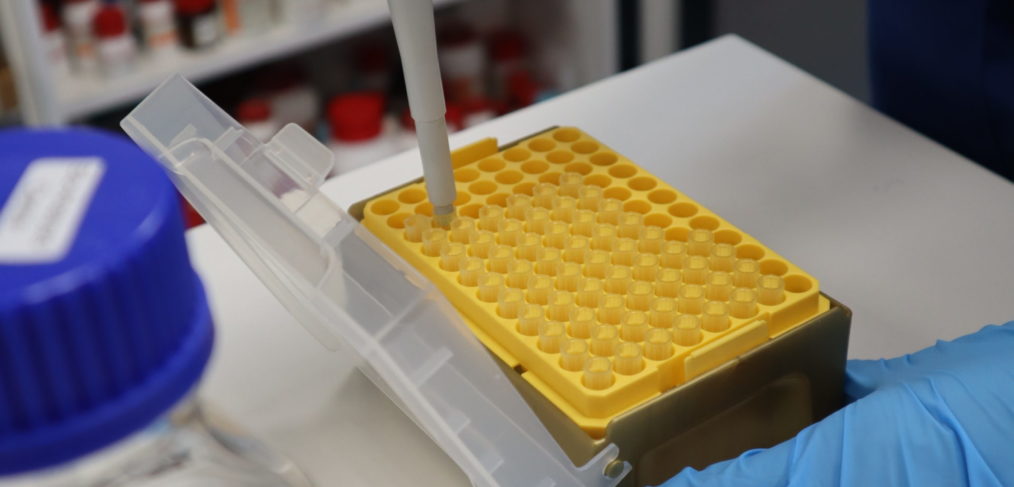
Calibration Curve Standards: How to Prepare Them and Avoid Error Sources
We recently came across this very interesting article about calibration curve standards, published at Restek by Dr. Landon Wiest. At the Bio-Analysis Centre, preparing calibration curves are part of our work. Thus, we would like to share this article which reveals important tips on how to do it and avoid errors.
The first step to getting a decent standard curve is to get to know your equipment and how to operate it properly. It may seem obvious, but understanding how equipment works and adopting proper lab technique is fundamental.
When preparing calibration curve standards with pipettes, there are a few little but significant things to keep in mind:
- Air vs. Positive Displacement
The vapour pressure of the liquid you’re measuring affects the accuracy of air displacement pipettes. So, the volume reported by the pipette will not be accurate. To pipette accurate volumes, it is better to use a positive displacement pipette.
- Manual vs. Electric Drive
When using manual pipettes, make sure you are using the same pressure for each aliquot. It is important to stay consistent. Electric pipettes, on the other hand, do not have this issue. You might consider using them if you struggle with consistency.
- Tips
Each pipette has its own set of tips. Tips will vary according to the volume needed. Pay attention to the pipette being used and make sure you are using the correct tips.
- Calibration
Pipettes should be calibrated frequently. This is very important! At the Bio-Analysis Centre, we make this a priority. If your pipette is not well calibrated, it will not work properly, putting your experiment at risk.
- Wet the tip
Pre-wet your tip before using it on your sample. This will remove air bubbles, making sure you are pipetting desired volume.
- Pipetting
Do you have good pipetting skills? Read our blog post which shares 8 amazing tips to improve your pipetting skills, which are crucial to produce accurate calibration curves.
- Volumes
It is important to choose the pipette with a volume range that is closest to the volume you pretend to measure. Moreover, if you are using high concentrated solutions and wish to pipette small volumes, it may be better to create a bridging stock solution that will allow you to dilute a bigger aliquot to create the lowest calibration level standards.
Overall, using pipettes correctly is crucial in the preparation of calibration curves. However, there is another important factor: stability. There are some manufacturers that will help you choose which stocks are best to use for your target analytes. Temperature and light sensitivity should also be taken into account. If you are going to store your solutions, you must verify for how long these are stable, otherwise it will jeopardise your calibration curve results.
Lastly, always plan before preparing your calibration curve. Here, at the Bio-Analysis Centre, we always carry a notebook to make our calculations, create a step-by-step plan so we make sure no errors and steps are missed.
These important tips will help you stay organised and be successful. Preparing calibration curves might seem easy, however there are many steps that should be taken into account in order to prepare an accurate calibration curve.
If you wish to read the original article , please click here.


